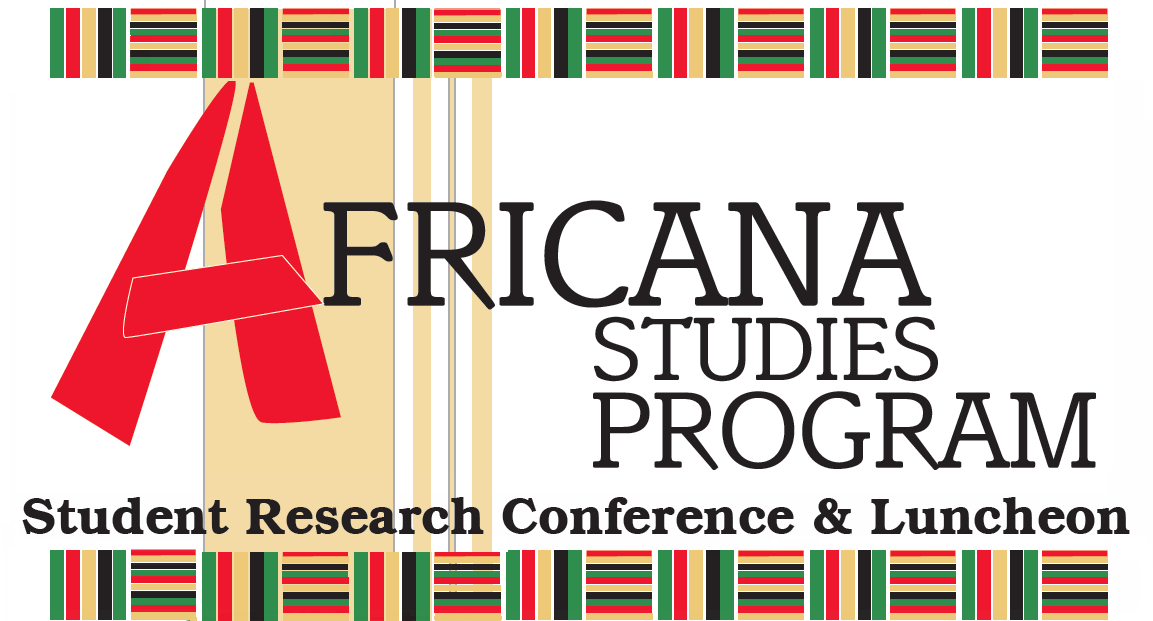Degree Program
Undergraduate
Major
Art and Architecture History
Abstract
In the late nineteenth century and early twentieth century, while under the colonial rule of the German Empire, Togo was coined the “model colony.” This status was due largely to economic success and what has been referred to as a more peaceful colonial encounter. Some have argued the German administration’s ability to recognize cultural differences between themselves and the local people was successful in lieu of more rigid assimilation polices. German administrators did not overtly force their beliefs and social structure upon the local people of Togo, but instead, as I explore in this paper, creatively intertwined their own perspectives with those of the indigenous people. The Sacred Heart Cathedral is analyzed in this paper to demonstrate the ways in which religion and architecture became the catalyst for the interweaving of multiple lifestyles and communities in colonial Lomé.
This paper examines the Sacred Heart Cathedral and compares its architectural elements to Germany’s greatest Gothic cathedral, the Cologne Cathedral, and to West African domestic structures. This paper argues all elements of the Sacred Heart Cathedral are not merely Gothic reinterpretations, but are inspired by local indigenous architecture. The ability for the Germans to integrate local architectural ideas into their own and create one cohesive whole, directly correlates with their colonial success in Lomé. By engaging local communities and attempting to understand their spiritual beliefs, the German administration was able to connect to the indigenous people and create a more passive coercion strategy expressed through art and architecture.
Start Date
23-2-2018 9:00 AM
End Date
23-2-2018 10:25 AM
Included in
Eclectic Architecture in a “Model Colony”: The Sacred Heart Cathedral in Lomé
In the late nineteenth century and early twentieth century, while under the colonial rule of the German Empire, Togo was coined the “model colony.” This status was due largely to economic success and what has been referred to as a more peaceful colonial encounter. Some have argued the German administration’s ability to recognize cultural differences between themselves and the local people was successful in lieu of more rigid assimilation polices. German administrators did not overtly force their beliefs and social structure upon the local people of Togo, but instead, as I explore in this paper, creatively intertwined their own perspectives with those of the indigenous people. The Sacred Heart Cathedral is analyzed in this paper to demonstrate the ways in which religion and architecture became the catalyst for the interweaving of multiple lifestyles and communities in colonial Lomé.
This paper examines the Sacred Heart Cathedral and compares its architectural elements to Germany’s greatest Gothic cathedral, the Cologne Cathedral, and to West African domestic structures. This paper argues all elements of the Sacred Heart Cathedral are not merely Gothic reinterpretations, but are inspired by local indigenous architecture. The ability for the Germans to integrate local architectural ideas into their own and create one cohesive whole, directly correlates with their colonial success in Lomé. By engaging local communities and attempting to understand their spiritual beliefs, the German administration was able to connect to the indigenous people and create a more passive coercion strategy expressed through art and architecture.


